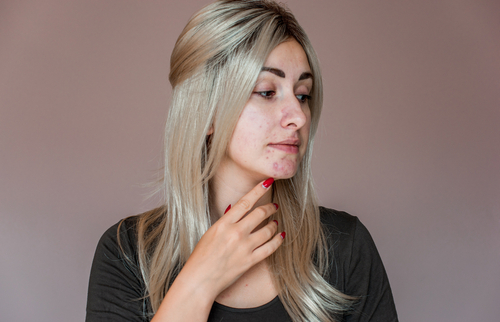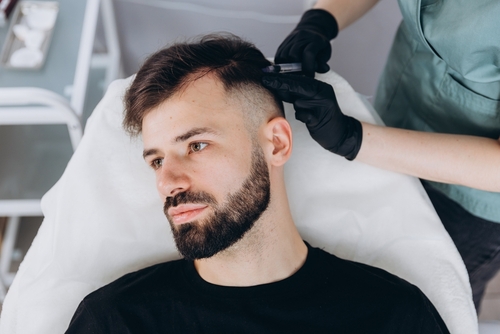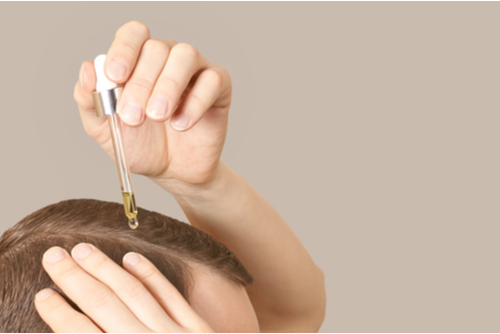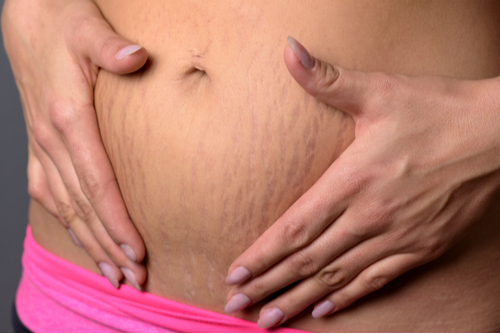
How Long Should You Rest After PRP Injection?
After you undergo a platelet rich plasma injection of any kind, your provider may recommend not exercising or partaking in strenuous activities for a period of time. While the injections do not require a recovery as surgery would, avoiding exercise can help reduce side effects such as redness, swelling, and bruising. So, how long should you rest after a PRP injection?
Depending on the type of PRP injections you undergo, the rest recommendations will vary. Generally, two to three days at most is the time when you cannot do any strenuous activity. However, your normal activities like basic housework and shopping are typically okay as long as you do not begin sweating or become out of breath.
Also, while the exercise limitations after surgery serve many purposes, with cosmetic PRP injections it is meant mainly to reduce side effects and discomfort. However, if you sweat, you do have a higher risk of infection if it gets into the injection sites. Still, this is fairly rare, but it is best to avoid strenuous workouts for a couple of days.
To learn more and schedule a consultation, call us at 206-279-2112. You can also reach out online via chat or contact form.











